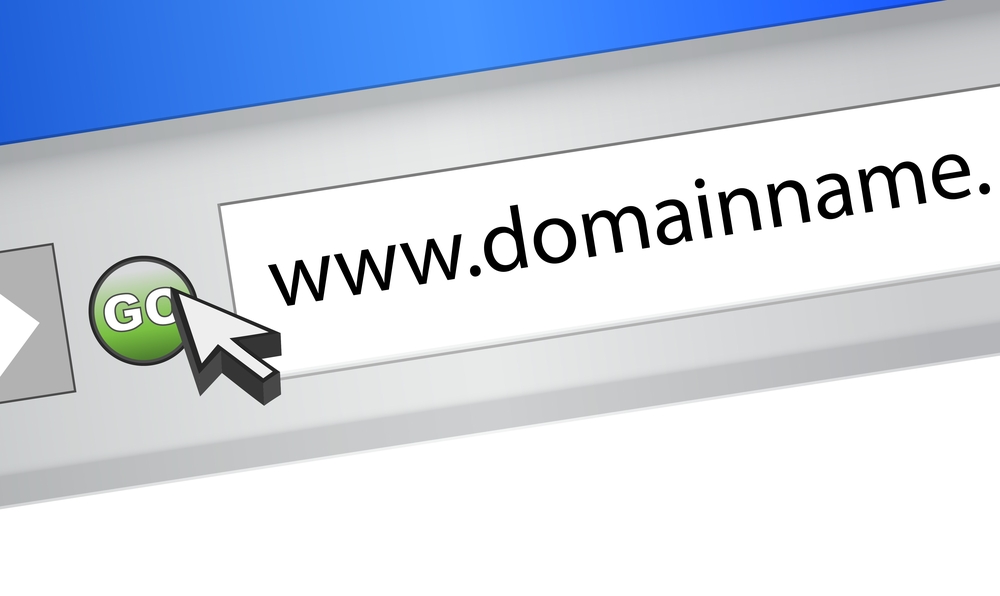14. Check email addresses and URLs

Keep an eye on emails addresses and URLs. If you receive an email from “Apple,” but the expanded details say from “hackerface09@scaryhackerspace.net”—okay it won’t be that obvious—you know it’s not from Apple. Emails from Apple and others will use their domains (i.e. name@apple.com). Same with URLs (Web addresses) they should use the proper domain.
Additionally, remember if you are phished, change your passwords—across all accounts—immediately. Even if you have different passwords or don’t use an account, you just opened up a hacker playground. Hackers will use contacts and email messages to find the data and links they need to access other accounts. Additionally, they can use your contact list to phish other people, or worse, use your account to trick friends into clicking links. Another pro tip: use distribution lists and the BCC field in your email to avoid providing hacked accounts and strangers email addresses of other people.
